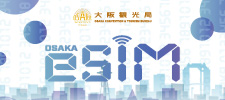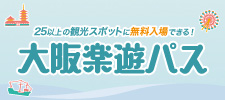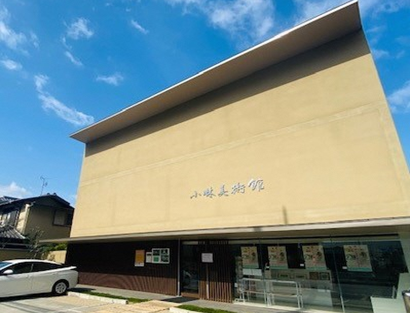誉田八幡宮

羽曳野市にある誉田御廟山古墳(応神天皇陵とされる)の南に鎮座し、欽明天皇の命で6世紀後半に創建されたと伝えられる日本最古の八幡宮です。
羽曳野市にある誉田御廟山古墳(応神天皇陵とされる)の南に鎮座し、欽明天皇の命で6世紀後半に創建されたと伝えられる日本最古の八幡宮です。主祭神は応神天皇です。当初は陵の前に社殿がありましたが、平安時代中期の永承6年(1051)に後冷泉天皇が現在地に社殿を造営し、誉田八幡宮と称したといわれています(応神天皇の諡[おくりな]が誉田天皇[ほむたのすめらみこと]でした)。中世に入ってから源氏一族の氏神として崇敬され、鎌倉時代以降は源氏一門や各時代の将軍、一般の武士らの参拝も盛んになりました。現在は、安産の神、厄除の神として庶民の信仰を集めています。境内の宝物館には、源頼朝寄進の塵地螺鈿金銅装神輿(ちりじらでんこんどうそうしんよ/鎌倉時代・国宝)や丸山古墳出土の金銅透彫鞍金具(こんどうすかしぼりくらかなぐ/古墳時代・国宝)など、多くの宝物が保管されています。5月8日の夏祭り(藤祭り)には、舞楽が奉納され、9月15日の秋祭りには、神輿が応神陵に渡御する儀式が行われます。
基本情報
- 駐車場
- 営業時間
- 8:00~17:00
宝物館毎週土曜日13:00~16:00
- アクセス
- 近鉄南大阪線「古市駅」より徒歩10分
- 住所
- 〒 583-0857 大阪府羽曳野市誉田3-2-8
- 電話番号
- 072-956-0635
- Fax
- 072-956-1175










